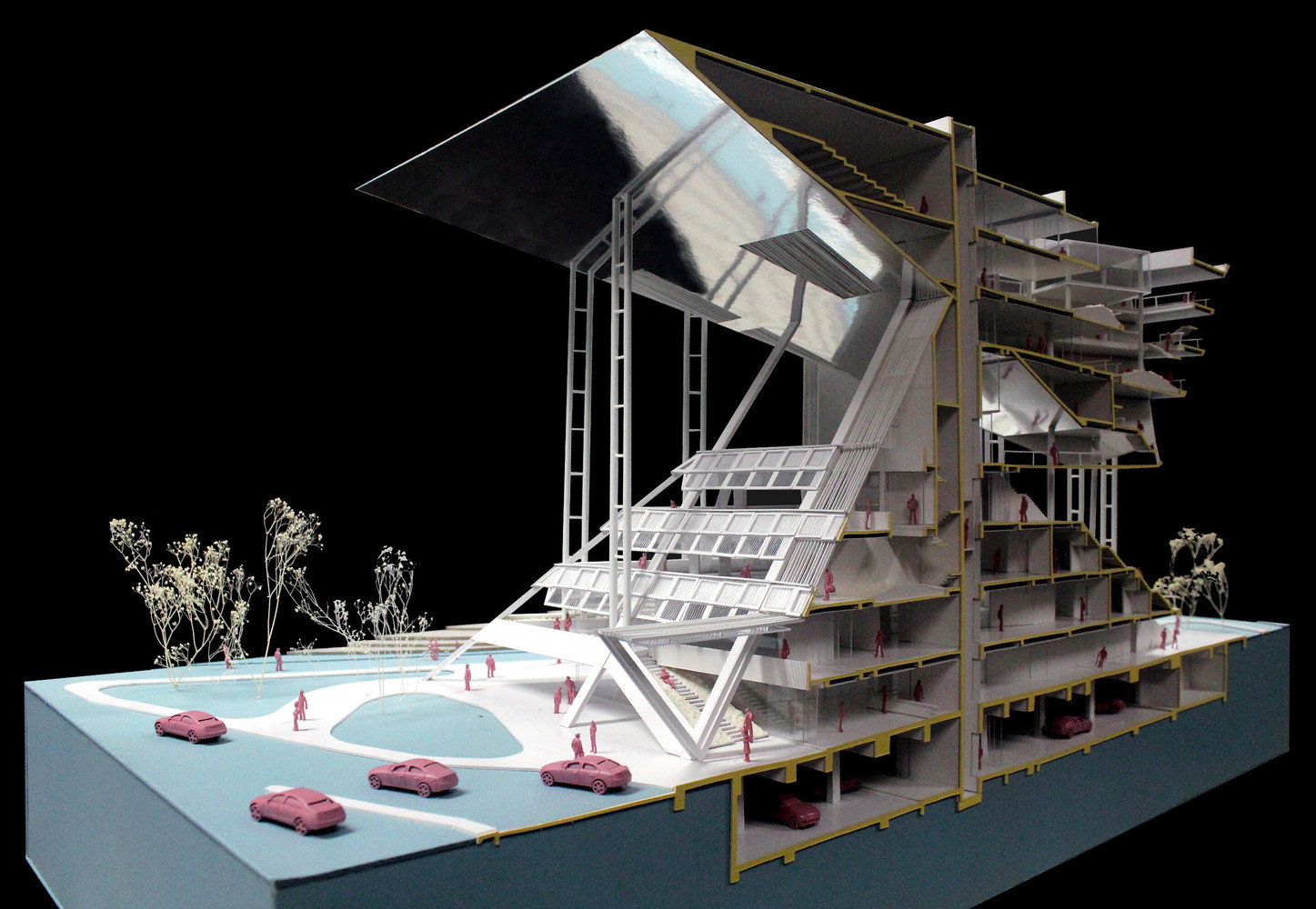Introduction to the Role of an Architectural Model Maker
In the world of architecture, the transformation of abstract ideas into tangible forms is a critical phase of the design process. An Architectural model maker plays an essential role in this transformation. They are skilled professionals who take architectural blueprints, CAD drawings, and digital renderings and turn them into physical models that accurately represent buildings and urban layouts. These physical models bring concepts to life, helping clients, investors, and planning authorities better understand a project’s scope and intricacies.
The Art and Science Behind Architectural Model Making
The work of an architectural model maker combines artistry with technical precision. Their craft involves more than just cutting and gluing materials. It demands a deep understanding of architectural plans, structural elements, and spatial awareness. Model makers must translate two-dimensional designs into three-dimensional realities while maintaining accuracy in scale, proportion, and detail. By doing so, they serve as an indispensable link between architects and stakeholders, helping communicate design intent more clearly.
Why Architectural Models Matter
Architectural models provide a tangible perspective that digital renderings cannot. A physical model allows viewers to see and interact with a structure from multiple angles and perspectives. For large-scale developments or intricate buildings, this kind of interaction can reveal design strengths and highlight potential challenges. The expertise of an architectural model maker ensures that every miniature building element is built with precision, offering realistic insight into how the final structure will look and function.
Tools and Materials Used by Architectural Model Makers
To bring designs to life, an architectural model maker uses a variety of tools and materials. Traditional hand tools like knives, rulers, and tweezers are complemented by modern technology such as laser cutters, 3D printers, and CNC machines. The choice of materials—wood, acrylic, foam board, paper, and even metal—depends on the model’s purpose and level of detail required. These tools and materials enable the model maker to reproduce every element, from the smallest window frame to expansive landscaping features, with stunning realism.
The Importance of Scale and Accuracy
A key responsibility of an architectural model maker is ensuring that every element of the model is built to scale. Whether working on a 1:50 interior layout or a 1:500 site plan, maintaining proportion and accuracy is vital. Mistakes in scale can distort the viewer’s understanding and affect design decisions. That’s why architectural model makers work closely with architects and engineers throughout the modeling process, verifying measurements and materials to ensure everything aligns with the original vision.
Types of Architectural Models
There are various types of architectural models, each serving a specific purpose in the design and presentation process. Conceptual models are often made early in the design phase to explore different layouts and forms. Presentation models, which require the most attention to detail, are used for client meetings, exhibitions, and planning submissions. Working models assist architects and engineers during the design development stages. Regardless of the type, an architectural model maker is essential for producing models that meet the specific requirements of the project.
Collaboration with Architects and Design Teams
Model making is a collaborative process. An architectural model maker works hand-in-hand with architects, designers, and engineers to ensure the model accurately reflects the project. Open communication is key—discussions about design changes, materials, and timelines must be frequent and transparent. Model makers often attend design meetings to stay up to date with project developments and to offer input on how best to translate certain features into the physical model.
Architectural Model Makers and Urban Planning
Architectural models are not limited to individual buildings—they are crucial in urban planning projects as well. City planners and developers often require large-scale site models to visualize new infrastructure, transportation networks, and public spaces. These models help identify how new developments will fit within existing landscapes. The role of the architectural model maker is pivotal in this context, as their models allow stakeholders to assess the broader implications of development, such as traffic flow, environmental impact, and community integration.
The Emotional Impact of Physical Models
There is an undeniable emotional power in seeing a design rendered in physical form. Clients often react more strongly to a 3D model than to a digital rendering or drawing. An architectural model maker taps into this emotional connection, crafting models that not only inform but also inspire. The tactile nature of a model invites engagement and discussion, facilitating better decision-making and a stronger connection to the project.
Integration of Technology in Model Making
The work of an architectural model maker has evolved with advancements in technology. Digital tools such as Building Information Modeling (BIM), 3D printing, and virtual reality are now part of the model maker’s toolkit. These technologies allow for greater precision, faster turnaround times, and enhanced visualization. A model maker who embraces these tools can create hybrid models that combine physical components with digital interfaces, offering an even more immersive experience for clients and developers.
Challenges Faced by Architectural Model Makers
Despite their importance, architectural model makers face numerous challenges. Tight deadlines, design changes, and budget constraints can complicate the modeling process. Additionally, working with delicate materials and intricate details requires a steady hand and a keen eye. Model makers must be adaptable, problem-solvers by nature, and capable of working under pressure without compromising on quality. Their perseverance and dedication often go unnoticed but are critical to a project’s success.
Sustainability in Model Making
In today’s environmentally conscious world, sustainability is becoming increasingly important in model making. Many architectural model makers are now using recyclable or biodegradable materials, reducing waste, and improving energy efficiency in their workshops. Some firms are exploring digital-only alternatives, such as 3D walkthroughs or holographic projections, to minimize their environmental impact. However, the tactile and visual value of a physical model still holds a unique place in the industry.
The Future of Architectural Model Making
As architecture becomes more complex and client expectations rise, the demand for high-quality architectural models continues to grow. The architectural model maker of the future will likely be a hybrid craftsman-technologist, comfortable working with both traditional tools and advanced software. The integration of augmented reality, holograms, and responsive materials may redefine how models are built and presented. But no matter how the field evolves, the core purpose remains: to make architectural visions understandable, accessible, and real.
Conclusion: Why Architectural Model Makers Are Indispensable
The work of an architectural model maker goes far beyond assembling miniature buildings. They are storytellers who give shape to architectural dreams. Through their precision, creativity, and deep understanding of design, they bring complex ideas to life. In doing so, they bridge the gap between imagination and reality, helping all stakeholders visualize, refine, and ultimately realize architectural projects. Whether you’re an architect, a client, or a city planner, the expertise of a skilled architectural model maker is a resource you can’t afford to overlook.
In the rapidly changing landscape of modern architecture, one thing remains constant—the need to see, feel, and understand our built environment before it’s constructed. And for that, the architectural model maker remains an essential figure in the journey from blueprint to building.




